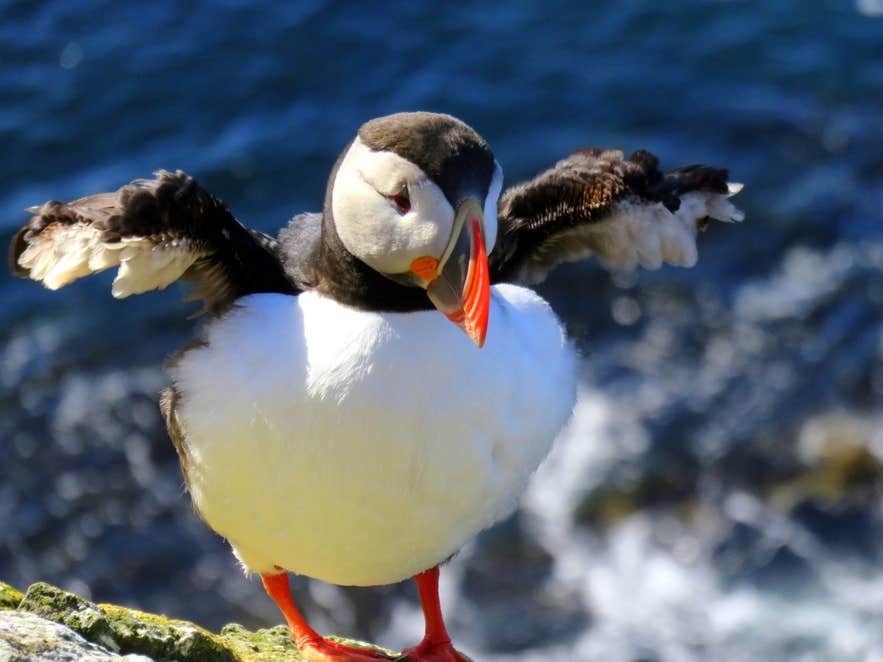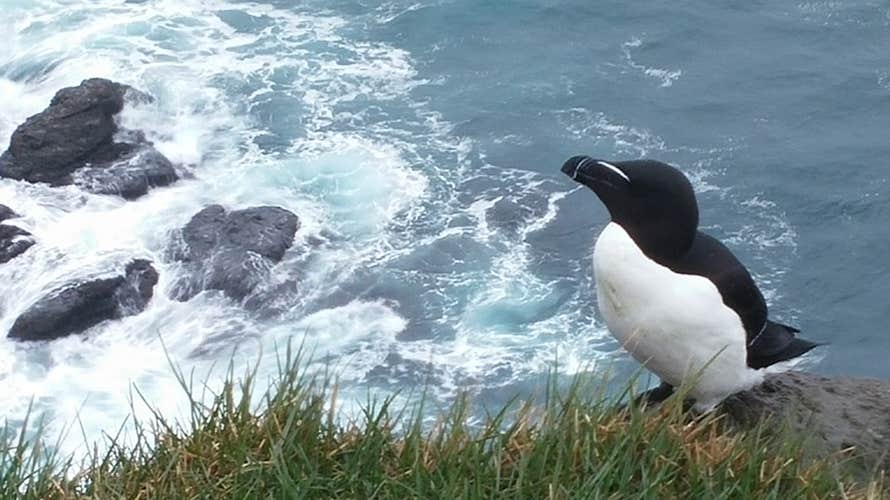Description
Summary
Description
Take two days of your holiday in Iceland to explore the mountains, coasts, wildlife and waterfalls of the Westfjords. If you're staying in Reykjavík but want the chance to visit this remote and spectacular region, this adventure is your ideal choice.
Your journey begins at Reykjavík Domestic Airport, where you'll catch your flight to Bíldudalur, a settlement of the Westfjords. Your guides will meet you here, you will board a modified Super Jeep, and the tour will officially begin.
On day one, you will first head to the incredible Látrabjarg bird-watching cliff. Nowhere in the world can you see puffins as easily as here; they nest in the millions, and have very little fear of people. They, however, are just one of a dozen species that reside here throughout summer, and avid wildlife lovers will be in awe of the numbers.
Following that, you will visit a seal colony, but the waters of the Westfjords are bountiful with life, supporting high populations of marine mammals. Finally, you will head to the beautiful beach of Rauðasandur, one of the few beaches in the country with shimmering golden sands, rather than volcanic black.
Day two will take you to the fjord of Arnarfjörður, a stunning place of diverse landscapes. You will then head to what is arguably the country’s most beautiful waterfall, Dynjandi, a whispering giant that leaves no visitor untouched by its beauty.
At the end of the day, you will take a flight back to Reykjavík City. Both flights are included in the price of the tour, along with dinner, accommodation and breakfast.
Immerse yourself in Iceland in summer during two adventure-packed days in the Westfjords. Check availability by choosing a date.















